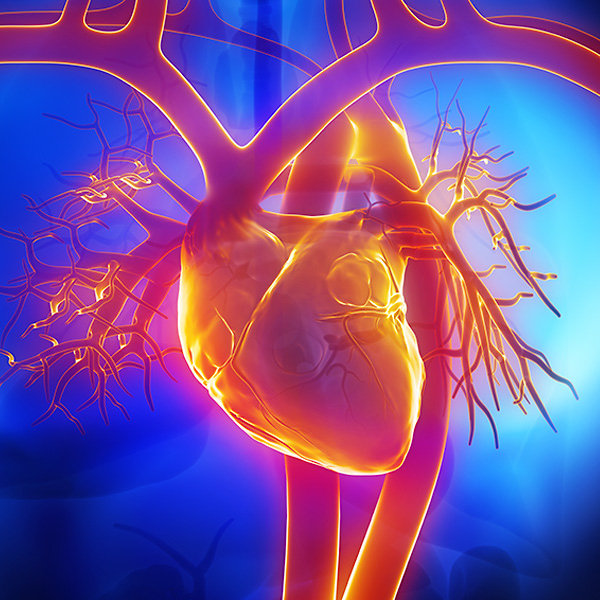Cardiac Arteriovenous Malformation (AVM)
Overview and Facts about Cardiac Arteriovenous Malformation (AVM)
AVM is a heart condition characterized by tangles or knots of abnormal blood vessels in the brain and other parts of the body, which leads to blood and oxygen loss to those depleted areas.
Individuals with AVM are often born with the condition, but it can also develop later in life. AVMs may worsen over time as blood vessels enlarge or become fragile due to increased pressure.
Although AVMs occur in less than 2 out of every 100,000 people, it is a serious condition for those who have it.
Signs and Symptoms of Cardiac Arteriovenous Malformation (AVM)
AVM symptoms are most commonly experienced by individuals between 10 and 40 years of age. In most cases, symptoms are not experienced until the AVM ruptures, which causes hemorrhage. Serious hemorrhage can lead to seizures, which requires immediate care and treatment.
Other symptoms include:
- Blue, purple or red skin discoloration
- Swelling and bleeding
- Tender and/or painful ulcerations
- Headache
- Muscle weakness and/or numbness
Tests and Diagnosis of Cardiac Arteriovenous Malformation (AVM)
The most common sign doctors seek to diagnose AVM is the presence of a "bruit," which is a persistent swishing sound caused by rapid blood flow through the tangled blood vessels of an AVM.
Imaging techniques, such as cerebral arteriography and magnetic resonance angiography, are also used to visually identify an AVM or hemorrhage caused by an AVM. Computerized tomography (CT) scans and x-rays are also used to detect hemorrhage.
Treatment and Care for Cardiac Arteriovenous Malformation (AVM)
AVM treatment is highly dependent on the size and location of the AVM. If the AVM does not cause any symptoms or problems, then it is often left untreated. If treatment is necessary, surgery or targeted radiation therapy is typically used. In other cases, a procedure called embolization is performed to help reduce blood pressure within or around the AVM.
If a hemorrhage occurs due to AVM rupture, then emergency treatment is required, as an untreated hemorrhage can lead to severe organ damage and/or death.
Causes and Risk Factors of Cardiac Arteriovenous Malformation (AVM)
AVMs can disrupt normal patterns of blood flow in affected organs. For instance, rapid blood flow caused by AVM can lead to dangerously high blood pressure levels within the vessels near the AVM, which can cause the AVM to rupture. If the AVM ruptures near or within vital organs, such as the brain, it can damage vital organ tissues by causing a stroke.
Many individuals are born with AVM, but it is unclear if AVM risk is linked to family history of AVM. Males are more likely to develop AVM than females. A severe type of AVM called a Galen defect may appear soon or immediately after birth.

Request an Appointment
Loyola Medicine heart and vascular specialists have the experience and technology to treat the most difficult cardiac and vascular conditions. Schedule an appointment today.
Schedule a Telehealth Appointment
